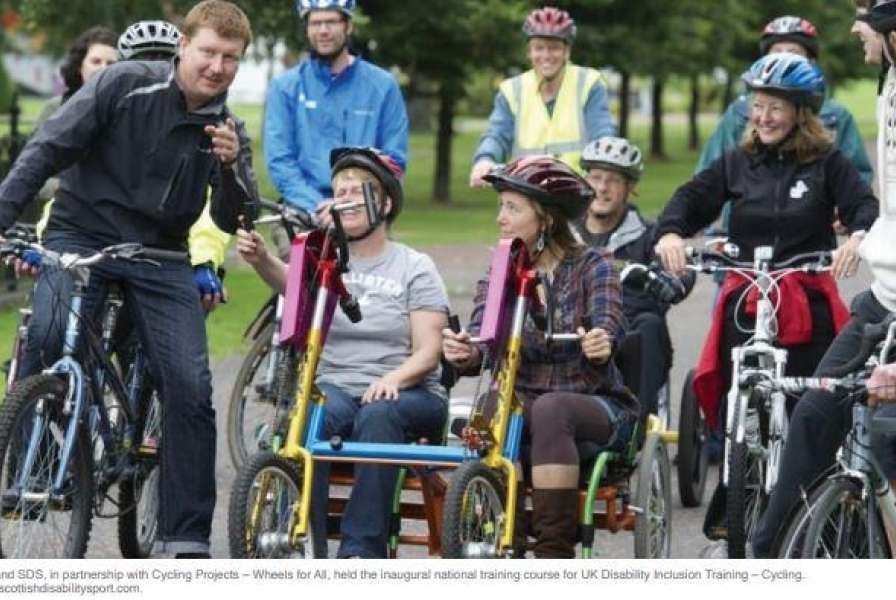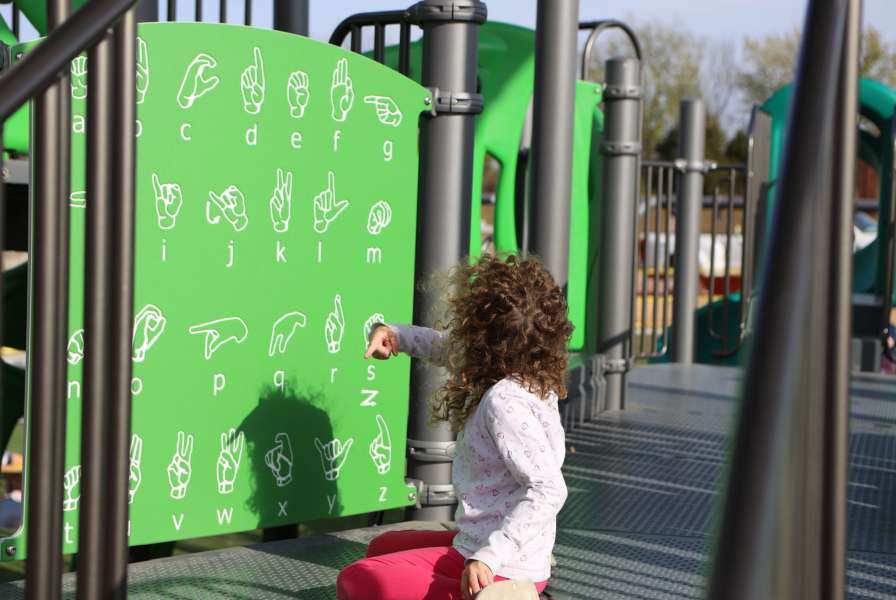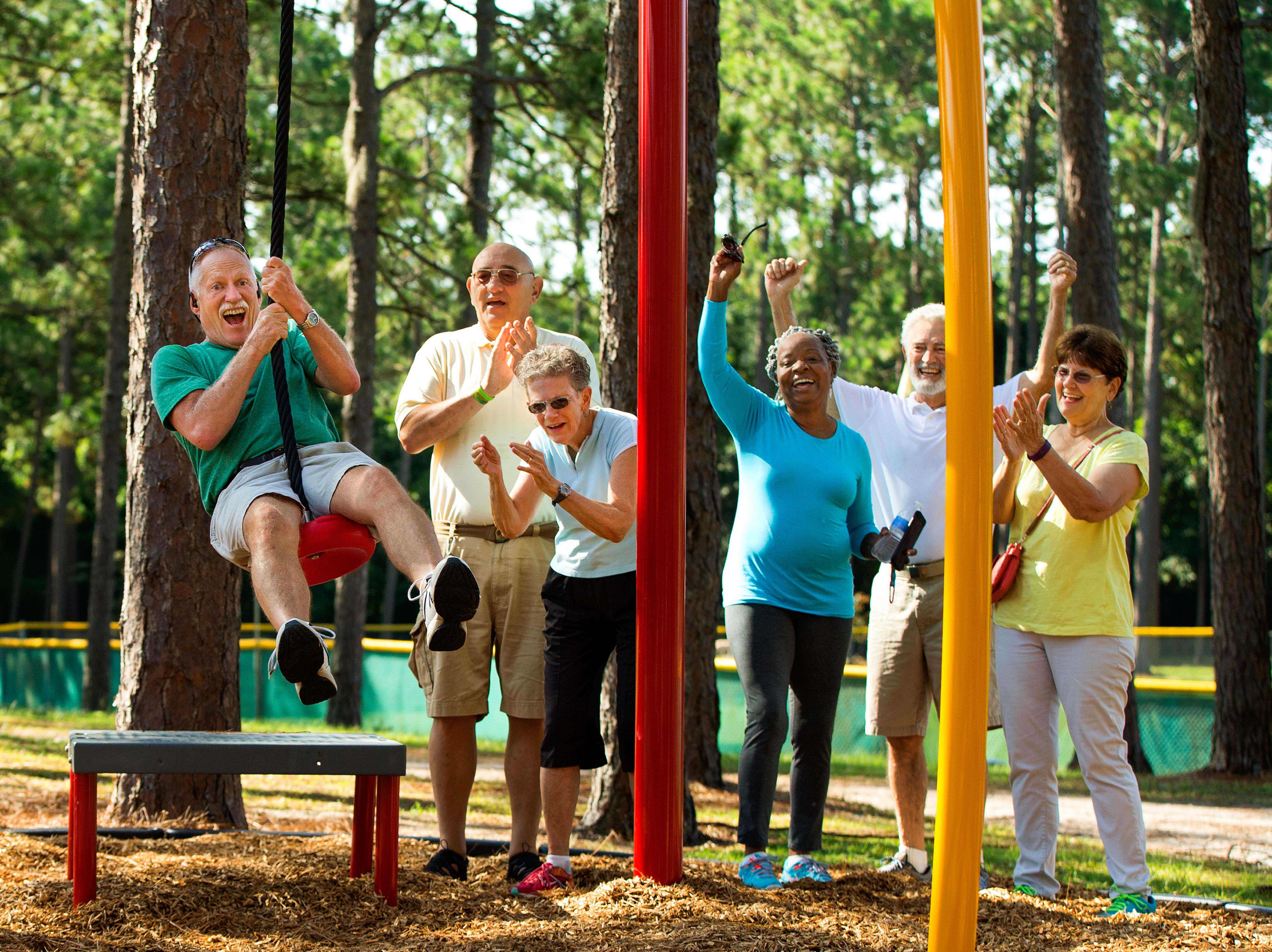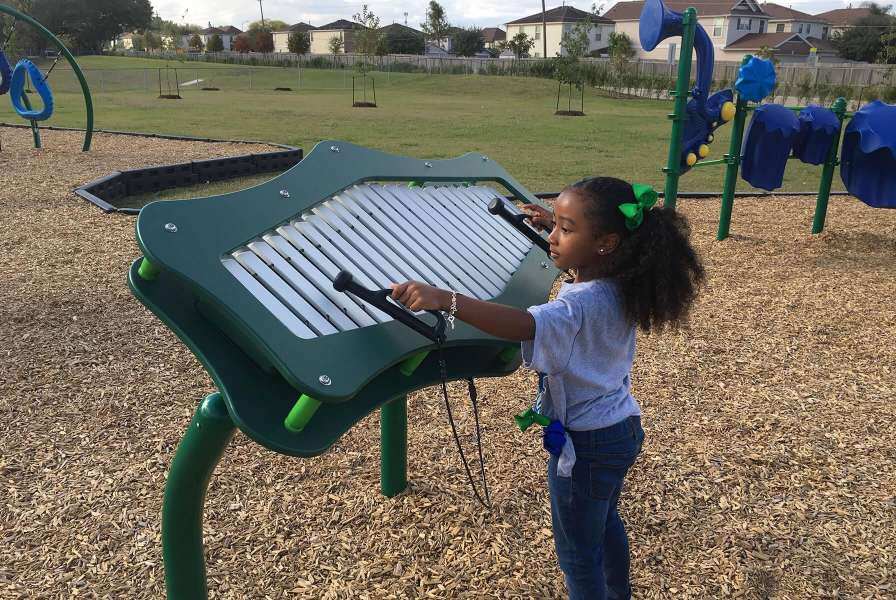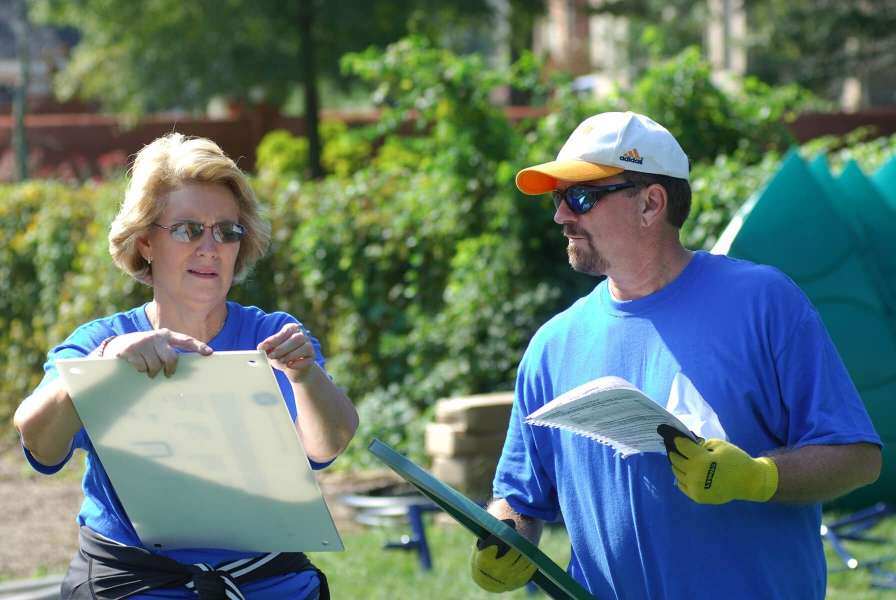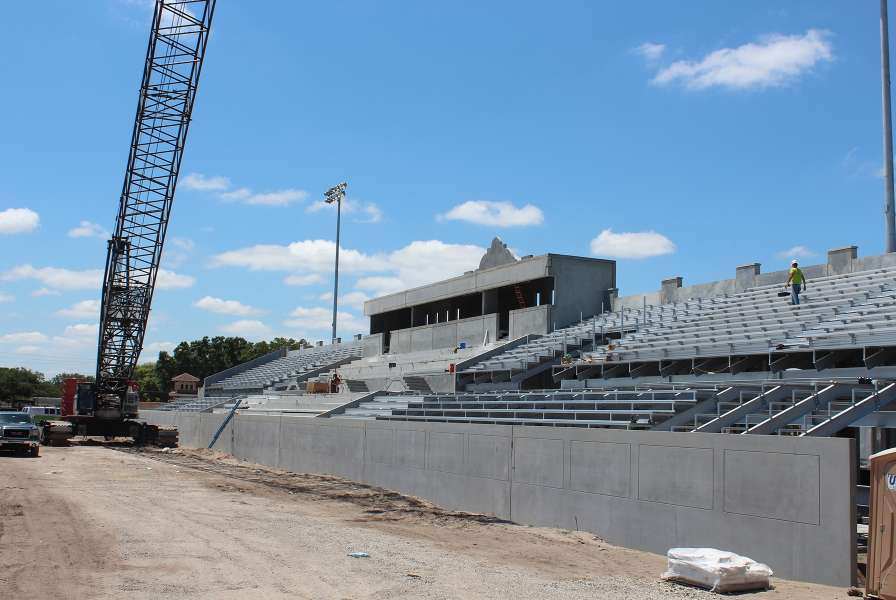The bicycle is a truly universal and equitable form of transportation and recreation. Redistributing public space that has been dominated by cars and providing safe and enjoyable places for people to ride bicycles, can help build more inclusive and people-friendly communities.
Bicycling Promotes Independent Mobility
Designing a public realm that supports walking and bicycling is about more than getting people to exercise, improving the environment, or attracting talented young workers. It is also about respect, dignity, and the right to mobility for all people. Not everyone can drive a car (everyone under 16), or can afford to drive one, or even chooses to do so. The way we design our public roads should be safe for all users, including people riding bicycles. Bicycling is a fun recreational activity, but for many it is also just a practical way of getting from point A to B. According to the United States Census Bureau, a majority of bicycle riders representing diverse ethnic backgrounds rode bicycles as their primary mode of transportation. Although bicycling rates do not vary much by income, it seems likely that economically-disadvantaged persons cycle mainly for work trips and utilitarian purposes, while higher income persons cycle for exercise and recreation
Bicycling is Affordable
The average annual operating cost of a bicycle is $308.00 compared to $8,220.00 for the average car.18 The average American family spends more on transportation about 16% than on food or healthcare. Low income families can spend as much as 55% of their household budgets on transportation. Making it safe and convenient for people to ride bicycles can significantly reduce household costs and keep more money in the pockets of American families.
Bicycles are a Practical Tool for All
No matter a person’s age, gender, ethnicity, or income, a bicycle can be a powerful tool for improving quality of life. White males between the ages of 24-65 have historically comprised the largest group of individuals who bike in the United States. Looking abroad to cities and communities with more developed bicycling infrastructure and support, we see that as bicycling shifts out of a purely sport and recreational activity and becomes a practical transportation option, the gender gap disappears; more young and older people cycle, and the profile of people bicycling is increasingly diverse.
Some research suggests the gap between men and women’s cycling participation is very large (2009 Household Travel Survey revealed only 24% of bicycle trips were by women), while other research suggests it is narrowing (the 2014 United States Bicycling Participation Benchmarking Study Report suggests it’s closer to 43%). What is clear is that there is a larger gender gap in the U.S. than in many other countries. In the Netherlands, for example, where bicycling is a popular form of transportation, more women (55%) ride than men. In Denmark, it is approximately the same for men and women (50/50). In Germany, 49% of bike trips are made by women.
While research suggests that women give safety a higher priority than men, it also suggests that given the right infrastructure, women will participate in bicycling as much, and sometimes more, than men. The 2014 United States Bicycling Participation Benchmarking Report notes that 54% of women surveyed were concerned about being hit by vehicles while riding, and 48% would ride more with protected bike lanes.
In the United States, the number of children riding bicycles declined by more than 20% between 2000 and 2010. According to the National Center for Safe Routes to School’s 2011 report, in 1969, 48% of children between 5 to 14 years of age usually walked or bicycled to school. By 2009, that percentage had plummeted to 13%.
In the Netherlands, where the infrastructure has been strategically and comprehensively designed and built to encourage bicycling by diverse users, 75% of children over the age of 13 ride bicycles to school. In Denmark, 44% of all children aged 10-16 cycle to school.
The places with more comprehensive infrastructure also have more older adults bicycling as well. While bicycling rates among Americans aged 65 years or older is very low, it accounts for almost 25% of all trips made by Dutch people aged 65 years or older, and about 12% of older Germans and Danes.
There are some strong signs that bicycling in the United States is increasingly broadening to more ethnically diverse groups. Between 2001 and 2009, cycling rates rose fastest among African Americans, Hispanics, and Asian Americans. Those three groups also account for a growing share of all bike trips, rising from 16% in 2001 to 21% in 2009. When asked about barriers to participation in bicycling, 35% of focus group participants made up of African, Black, and Hispanic Portland residents said that they did not have a place to store a bicycle where it would not get stolen.
Twenty-six percent of people of diverse backgrounds surveyed in “The New Majority: Pedaling Towards Equity,” a report from the League of American Bicyclists and the Sierra Club, say they would like to ride more but are concerned about safety. Sixty percent say that having more bike facilities would encourage them to ride. The report also notes that between 2001 and 2009, the fastest growth rate in bicycling was among Black American, Asian American, and Hispanic populations. Combined, those three groups went from making 16% of the nation’s bike trips to 23%.
Nineteen percent of Black Americans and 13.7% of Hispanic Americans surveyed lacked access to a car, compared to 4.6% of White Americans. The difference was even greater in economically-disadvantaged communities, where 33% of low income Black Americans and 25% of low-income Hispanic Americans lacked access to a car, compared to 12.7% of low-income White Americans
Technology Expands Usage Across Abilities
Advancements in bicycle technology have made it possible for people with disabilities to enjoy bicycling. In the last 10-15 years, research and development across a variety of organizations and manufacturers have produced bicycles that make it possible for nearly everyone to ride a bike. There are resources available to those interested in more information such as the United States Handcycling Federation, the Challenged Athletes Foundation, and a Colorado-based organization, Adaptive Adventure.
Overall, with the right investments, there is a tremendous opportunity to create a thriving and diverse bicycle culture in the United States that supports a more inclusive and equitable transportation system.
